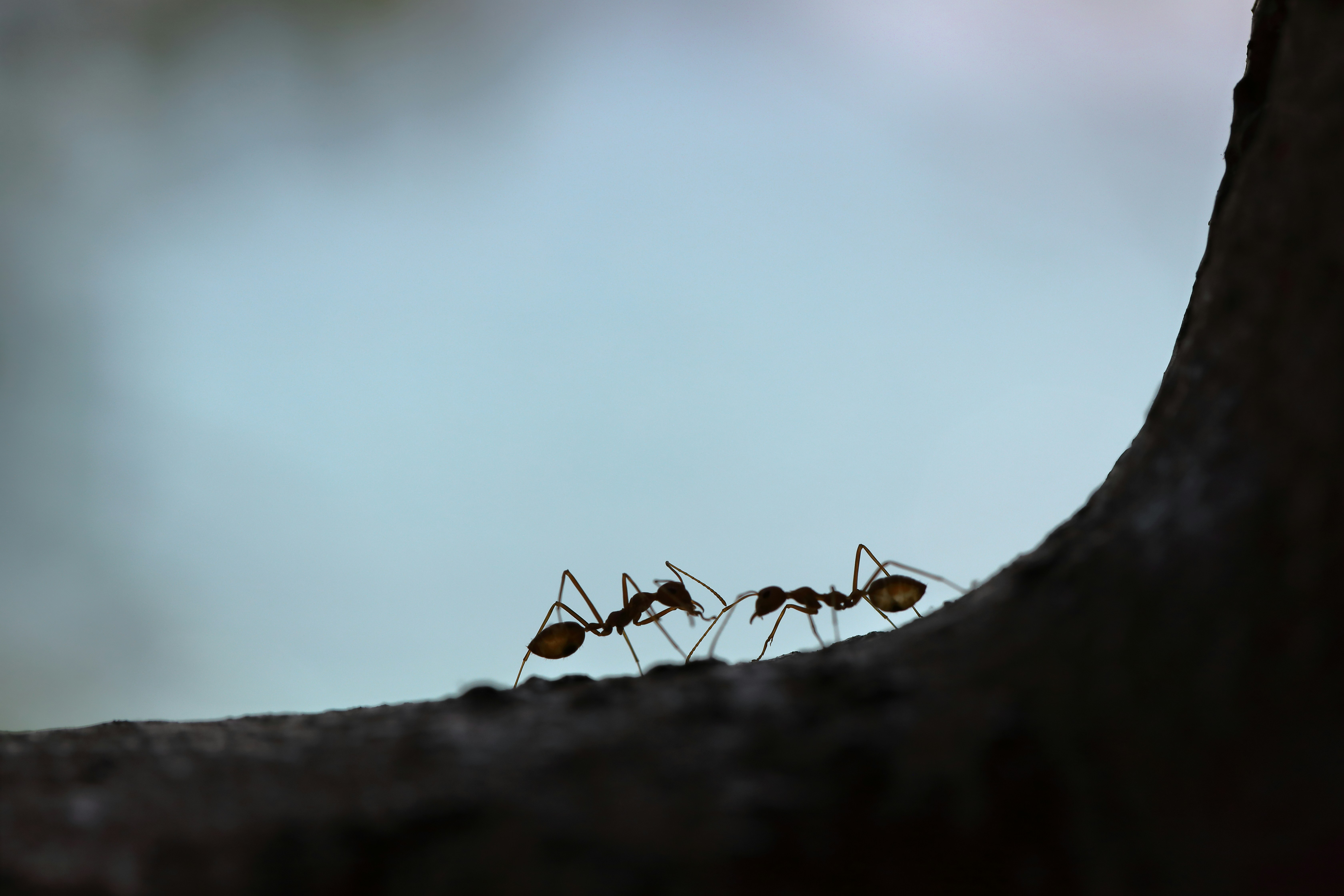Media release
From:
A new approach to analysing museum specimens has revealed a massive decline in Fiji’s native ant species since the arrival of humans to the islands, a new study has found.
According to the international team of researchers, including senior author Professor Alexander Mikheyev from The Australian National University (ANU), it highlights the unseen effects of insect biodiversity loss.
“Global conservation efforts often focus on larger, more photogenic animals, and on easier to monitor areas, like temperate habitats,” he said.
“However, ants are part of “little things that run the world” and are critical for maintaining healthy ecosystems. Studies like this one are an important step in identifying the reasons behind the so-called insect apocalypse – the widespread disappearance of insect diversity and abundance seen in many parts of the world.”
While it is traditionally difficult to track historic population trends from data collected in the present day, the team found a way around this across many species by studying small fragments of DNA from museum collections.
“It can be difficult to estimate historical changes to insect populations, because with few exceptions, we haven’t been directly monitoring populations over time,” Dr Evan Economo, Professor at the Okinawa Institute of Science and Technology (OIST) and the University of Maryland, and fellow senior author, said.
“We took a new approach to this problem by analysing the genomes of many species in parallel from museum specimens collected recently. The genomes hold evidence of whether populations are growing or shrinking, allowing us to reconstruct community-wide changes.
“We found 79 per cent of ant species native to Fiji have experienced a decline in population, while introduced species are exploding in numbers.”
Professor Mikheyev said the museum collections built across decades of fieldwork were vital to the study, despite the difficulty in utilising historic DNA, which degrades over time.
“As our scientific toolbox expands, there is more and more information that we are able to capture from biodiversity collections, so it’s essential that we continue investing in and maintaining these vital resources.”
According to the study’s authors, while islands are hotspots of biodiversity, many island species have evolved traits that make them more sensitive to environmental changes.
“Being closed, isolated ecosystems, islands are expected to feel the effects of human impact faster, so they are kind of a canary in the coal mine,” Senior author Dr Cong Liu from OIST said.
“Most recorded animal extinctions have historically been from island groups.”
While the Fijian archipelago provided a useful setting to study these effects, the researchers believe their results could be a sign of more global trends.
The study is published in Science.



 Australia; Pacific; ACT
Australia; Pacific; ACT


